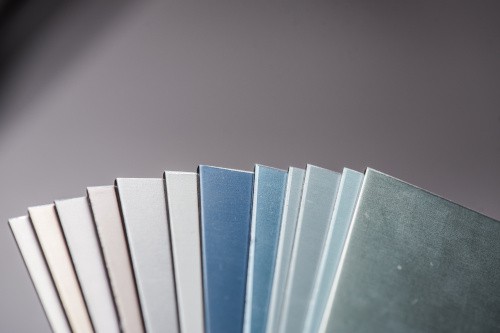If you’re designing a product where electrical conductivity is relevant, you may be considering aluminum as the base material. Alternatively, you may already have a product made of aluminum and are simply interested in the electrical properties of this popular metal. Depending on your specific application, a material’s electrical properties may be an essential design consideration.
This article will give you an idea of how electric conduction works, how easily electricity travels through aluminum, and how this metal compares to other well-known conductors, such as copper.
Table of Contents
Is Aluminum a Good Electrical Conductor?

Electricity is defined, in a very condensed form, as the physical phenomenon of electric charge flow. From a subatomic point of view, this means the flow of electrons from one atom to another, which creates a chain effect that we call an electric current.
Materials whose atoms allow for electrons to flow through them easily are known as good conductors of electricity, whereas materials that make this flow difficult are bad conductors. There are also materials whose atoms refuse to allow electrons to flow, which we call insulators.
Overall, aluminum ranks fourth in electrical conductivity for known metals. In this list, the first and third place are taken by silver and gold, respectively, which are far too expensive to consider for most regular applications. Therefore we can say that aluminum ranks as the second most conductive material available in a practical sense, only after copper.
As explained in our Aluminum Grades article, there are many different aluminum alloys, classified in grades or series, and each of them will have different electrical conductivity. Alloys from the 1XXX, 6XXX, and 8XXX series present the best electrical conductivity in aluminum alloys.
Which Applications Utilize Aluminum as an Electrical Conductor?

Copper is probably the first material that comes to mind for most people when they think of conductors. This reaction is understandable since copper is an excellent choice for many applications. However, aluminum has also been part of the power industry for a long time.
Aluminum has increasingly been used as a conductor for utility grids since the end of the Second World War. Although copper shows a better conductivity by volume, aluminum has significant weight and cost advantages. An aluminum conductor weighs half as much as an equivalent copper conductor. These advantages make aluminum the preferred material for transmission and distribution conductors.
The better conductivity-to-weight ratio displayed by aluminum over copper has, in recent times, encouraged its use in electrical wiring for residences, aircraft, buildings, and appliances.
Electric busbars, which are used to distribute electric power to different circuits inside a building, are now more often than not made from aluminum. This is often done when size is not a constraint, but the weight and cost of copper may be.
Does Aluminum Finishing Impact Electrical Conductivity?

The choice of surface finish for an aluminum product can have a profound effect on the electrical conductivity properties of the metal. To understand this, we need to consider the natural oxide layer that aluminum forms on its surface.
This oxide layer makes aluminum very corrosion-resistant, which is often a desired trait. However, the aluminum-oxide layer does not conduct electricity; it’s an insulator. Consider that when you apply an anodizing surface treatment to an aluminum product, the oxide layer becomes much thicker. And the consequence of anodizing is that it will electrically isolate the underlying metal.
Another typical surface finish for aluminum products is powder coating. This process confers the aluminum product with a protective and decorative layer on the surface, but it also affects electrical conductivity. The resulting product will still have some degree of conductivity, so it will not become insulated, but it won’t be as conductive as bare aluminum.
If you want to know more about these two types of aluminum surface finish procedures, you can read our Anodizing vs. Powder Coating article.
Conclusion

Overall, aluminum is an excellent choice for products that need superior electrical conductors, to the point where it is replacing copper in many applications. Its excellent conductivity-to-weight ratio and low cost make it the preferred option for an increasing number of applications where electrical conduction is important.
Ultimately, the choice to use aluminum for electrical applications depends on the needs of your specific design.



